 W
WAdastral Park is a science campus based on part of the old Royal Air Force Station at Martlesham Heath near Ipswich in the English county of Suffolk.
 W
WThe P. I. Baranov Central Institute of Aviation Motor Development is the only specialized Russian research and engineering facility dealing with advanced aerospace propulsion research, aircraft engine certification and other gas dynamics-related issues. It was founded in 1930.
 W
WBBC Research & Development is the technical research department of the BBC.
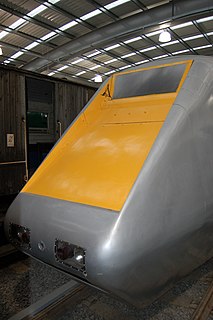 W
WThe British Rail Research Division was established in 1964 directly under the control of the British Railways Board, moving into purpose-built premises at the Railway Technical Centre in Derby. The intention was to improve railway reliability and efficiency, while reducing costs and improving revenue. In so doing it became recognised as a centre of excellence and, in time, was providing consultancy to other railways around the world. While it became famous for the Advanced Passenger Train (APT), its activities extended into every area of railway operation. The theoretical rigor of its approach to railway engineering superseded the ad hoc methods that had prevailed previously.
 W
WThe Campus Biotech is a Swiss institution hosting research institutes and biotechnology companies. The Campus Biotech is located in the former Merck Serono building, in Geneva (Switzerland).
 W
WCentral Electronics Engineering Research Institute (CEERI), located at Pilani, Jhunjhunu District, Rajasthan and Chennai, Tamil Nadu is a research institute in India and a constituent laboratory of Council of Scientific and Industrial Research, New Delhi. It was established in 1953 for advanced research and development in the field of Electronics.
 W
WThe Central Research Laboratories, often referred to as CRL, was a British research laboratory that originally belonged to the EMI Corporation.
 W
WCentro de Investigación de Métodos Computacionales is a research institute located at Predio CONICET Santa Fe Santa Fe, Argentina.
 W
WThe Central Building Research Institute (CBRI) at Roorkee, Uttarakhand, India, is a constituent establishment of Council of Scientific and Industrial Research, India and has been vested with the responsibility of generating, cultivating and promoting building science and technology in the service of the country.
 W
WThe Dunton Campus is a major automotive research and development facility located in Dunton Wayletts, Laindon, Essex, United Kingdom owned and operated by Ford Motor Company. It was the largest automotive technical centre in the United Kingdom and takes its name from the nearby Dunton Wayletts. Ford Dunton houses the main design team of Ford of Europe alongside its Merkenich Technical Centre in Cologne, Germany. With the closure of Ford's Warley site in September 2019, the staff from the UK division of Ford Motor Credit Company and Ford's UK Sales and Marketing departments, have moved to the Dunton site. As of November 2019, Dunton had around 4000 staff working at the site.
 W
WThe Earthquake Engineering Research Institute (EERI) is a leading technical society in dissemination of earthquake risk and earthquake engineering research both in the U.S. and globally. EERI members include researchers, geologists, geotechnical engineers, educators, government officials, and building code regulators. Their mission, as stated in their 5-year plan published in 2006, has three points: "Advancing the science and practice of earthquake engineering; Improving understanding of the impact of earthquakes on the physical, social, economic, political, and cultural environment; and Advocating comprehensive and realistic measures for reducing the harmful effects of earthquakes".
 W
WThe Environmental Research Institute of Michigan (ERIM) was a research institute at Ann Arbor, Michigan, founded in 1972. The institute contributed to the development of remote sensing, radar, and holography.
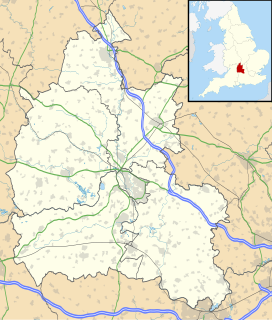 W
WThe Esso Research Centre was a research centre in Oxfordshire.
 W
WGas Turbine Research Establishment (GTRE) is a laboratory of the Defence Research and Development Organisation (DRDO). Located in Bangalore, its primary function is research and development of aero gas-turbines for military aircraft. As a spin-off effect, GTRE has been developing marine gas-turbines also.
 W
WThe Henry Royce Institute is the UK’s national institute for advanced materials research and innovation. Its vision is to identify challenges and to stimulate innovation in advanced materials research to support sustainable growth and development. Royce aims to be a "single front door" to the UK’s materials research community. Its stated mission is to “support world-recognised excellence in UK materials research, accelerating commercial exploitation of innovations, and delivering positive economic and societal impact for the UK.”
 W
WThe Institute for Medical Engineering and Science or IMES is a research institute at the Massachusetts Institute of Technology that aims to combine engineering, medicine, and science to solve challenges in human health. The institute was established in 2012 and is currently directed by Elazer Edelman.
 W
WThe NFC Institute of Engineering and Fertilizer Research (NFC-IEFR) is an institute located in Faisalabad, Punjab, Pakistan. It is affiliated with University of Engineering and Technology, Lahore for award of degrees.
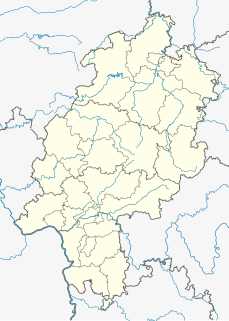 W
WThe International Technical Development Center is one of the engineering and design centers of Groupe PSA, and was the main engineering and design centre of General Motors in Europe, having been sold with the complete Opel/Vauxhall automobile business and the two brands Opel and Vauxhall to the Groupe PSA by August 1, 2017.
 W
WKirklington Hall Research Station was a geophysical research institute of BP in Kirklington, Nottinghamshire. During the 1950s it was the main research site of British Petroleum.
 W
WThe Computer Science Laboratory for Mechanics and Engineering Sciences (LIMSI) is a CNRS pluri-disciplinary science laboratory in Orsay, France.
 W
WThe LMS Scientific Research Laboratory was set up following the formation of the London, Midland and Scottish Railway in 1923.
 W
WMarconi Research Centre is the former name of the current BAE Systems Applied Intelligence Laboratories facility at Great Baddow in Essex, United Kingdom. Under its earlier name, research at this site spanned military and civilian technology covering the full range of products offered by GEC-Marconi, including radio, radar, telecommunications, mechatronics and microelectronics.
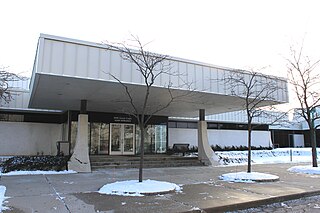 W
WThe Michigan Tech Research Institute (MTRI) is a research center of Michigan Technological University located in Ann Arbor, Michigan. The institute specializes in advancing the state of the art in remote sensing and information technology for a variety of applications.
 W
WThe Mining Research and Development Establishment was a British government mining research centre in south Derbyshire. It is now a commercial business park.
 W
WNational Center for Research on Earthquake Engineering is an organisation in Da'an District, Taipei, Taiwan.
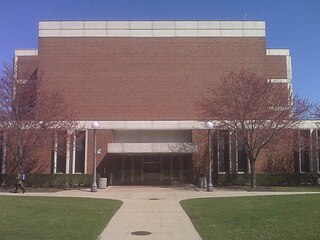 W
WThe Nathan M. Newmark Civil Engineering Laboratory, or Newmark Lab, located at 205 N. Mathews Avenue in Urbana, Illinois on the campus of the University of Illinois at Urbana–Champaign, houses the university's Department of Civil and Environmental Engineering. The Lab was built in 1967, and has been modified and updated a number of times since then. The facility was named after professor and department head Nathan M. Newmark after his death.
 W
WNHK Science & Technical Research Laboratories, headquartered in Setagaya, Tokyo, Japan, is responsible for technical research at NHK, Japan's public broadcaster.
 W
WE. O. Paton Electric Welding Institute is a welding research institution situated in Kyiv, Ukraine. It is named after its founder, Professor Evgeny Paton.
 W
WThe Railway Technical Centre (RTC) in London Road, Derby, England, was the technical headquarters of the British Railways Board, and was built in the early 1960s. British Rail described it as the largest railway research complex in the world.
 W
WThe Shell Technology Centre was a chemical research institute in northern Cheshire, near Stanlow, owned by Anglo-Dutch Shell.
 W
WThe Sunbury Research Centre -- also known as ICBT Sunbury—is a main research institute of BP in north-east Surrey.
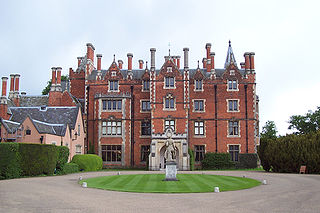 W
WTaplow Court is a Victorian house in the village of Taplow in Buckinghamshire, England. Its origins are an Elizabethan manor house, remodelled in the early 17th century. In the 18th century the court was owned by the Earls of Orkney. In the 1850s, the court was sold to Charles Pascoe Grenfell, whose descendants retained ownership until after the Second World War. The court then served as a corporate headquarters for BT and subsequently for Plessey Electronics. In 1988 it was bought by the Buddhist foundation, Soka Gakkai International and serves as their UK headquarters.
 W
WTRL Limited, trading as TRL is an independent private company offering a transport consultancy and research service to the public and private sector. Originally established in 1933 by the UK Government as the Road Research Laboratory (RRL), it was privatised in 1996. Its motto or tagline is 'The Future of Transport'.
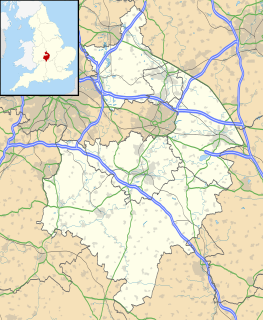 W
WThe UK Battery Industrialisation Centre is a research centre in the United Kingdom, to develop new electrical batteries, for the British automotive industry.
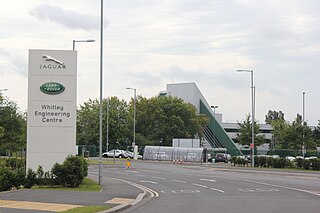 W
WThe Whitley plant, situated in Whitley, Coventry, United Kingdom, is the headquarters and one of the engineering centres of Jaguar Land Rover. The facility is a fully integrated design, research and development centre and is used for the design and development of Jaguar and Land Rover vehicles.
 W
WThe Wyss Center is a not-for-profit neurotechnology research foundation in Geneva, Switzerland.
 W
WThe Wyss Institute for Biologically Inspired Engineering is a cross-disciplinary research institute at Harvard University which focuses on developing new bioinspired materials and devices for applications in healthcare, manufacturing, robotics, energy, and sustainable architecture. The institute has two sites: one in the Center for Life Science building in Boston’s Longwood Medical Area and one on Harvard's main campus in Cambridge, Massachusetts. The Wyss Institute was launched in January 2009 with a $125 million gift to Harvard—at the time, the largest single philanthropic gift in its history—from Hansjörg Wyss. In 2013, Hansjörg Wyss doubled his gift to $250 million and in 2019 he donated a further $131 million.